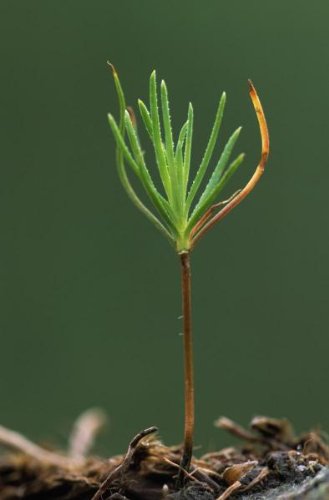~ Friedrich Nietzsche
When we say that plants have memory it means that they have a past, "which they bear in their extended being and which they may access at any given moment," writes Michael Marder in Plant-Thinking. He gives two examples:
Barley leaves will unfurl if they are exposed to red light, so long as they contain calcium. If calcium is removed from the plant, the leaves will not unfurl. Yet, if the calcium is added a couple hours later, the plant will unfurl without the red light shining, "remembering" how it had shone earlier.
Plantlets of flax, likewise, respond to the stress of drought or wind by depleting calcium from their cells in a process that takes about a day, and yet they will continue to remember the traumatic event for up to a week as evidenced by their calcium depletion.
"These examples demonstrae that what Nietsche chanced upon in his reflection on the mimose is in fact a more general tendency of vegetal beings to store imageless and non-representational material memories in their cells, and so to retain a trace of the remembered thing iteslef, in place of its idealized projection," Marder concludes.
A Philosophy of Vegetal Life
by Michael Marder
Columbia University Press, 2013
Plants and SeedsPlant Roots: Growth, Function and Interactions with the Soil
Artwork: Magical Mimosa by Jessica Jenney





